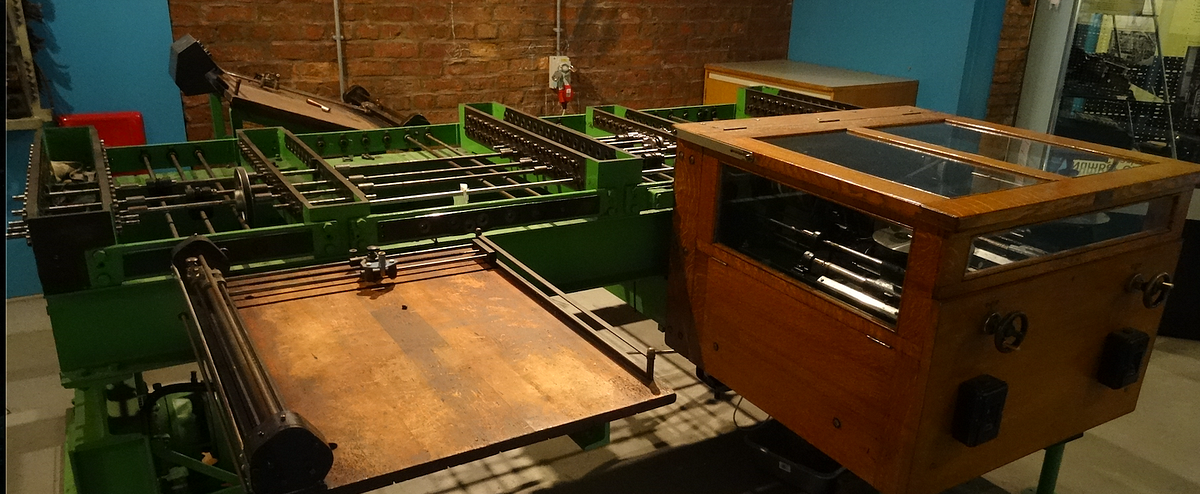Are Thinking Machines Possible?

🌈 Abstract
The article discusses the story of Arthur Porter, who as a physics student at Manchester University in the 1930s, built the first practical analogue computer in Europe using Meccano construction toys. It details how this low-cost "Meccano computer" was developed under the guidance of Professor Douglas Hartree, and how it contributed to advancements in computing and the war effort. The article also explores the visionary perspectives of the pioneers involved, and the rapid progress of computing technology in the following decades.
🙋 Q&A
[01] Arthur Porter and the Meccano Computer
1. What was the surprising information that the author had about Arthur Porter building the first computer?
- The author was told from a young age that Arthur Porter, the author's uncle, had built the first computer, and that he had made it out of Meccano construction toys while a student at Manchester University.
2. How did Arthur Porter come to work on building the Meccano computer?
- While a physics student at Manchester University, Arthur Porter happened to come across a paper about using a moving coil galvanometer to solve a differential equation. This sparked his interest, and when the head of the physics department, Professor Hartree, was looking for a student to work on building a "calculating machine", he recruited Arthur Porter for the project.
3. What were the key features and capabilities of the Meccano computer that Arthur Porter built?
- The Meccano computer was a scaled-down version of the "Differential Analyser" machine developed at MIT, which could solve complex differential equations through physical simulation. Arthur and Hartree were able to build a working version of this machine almost entirely out of Meccano construction toy parts, for a cost of only £20.
- The machine had integrator wheels that could perform calculations, and was able to produce beautiful graphs of the wave functions of atoms like hydrogen and chromium, solving problems that would have taken hours manually.
4. What was the significance and impact of the Meccano computer?
- The Meccano computer was the first practical analogue computer built in Europe, and its low-cost construction using readily available materials made it an accessible and captivating demonstration of the potential of "calculating machines".
- It attracted the interest of many scientific luminaries, including Lord Rutherford, and helped pave the way for further advancements in computing, including the development of more sophisticated machines at Manchester and the Rockefeller Differential Analyser in the US.
[02] The Pioneers of Computing
1. What were the visionary perspectives of the pioneers like Hartree and Porter on the potential of computing technology?
- Hartree recognized the "vast implications" of computing machines like the ACE computer, comparing their impact to being able to travel from London to Cambridge in 5 seconds.
- Porter and Hartree understood the potential of "calculating machines" to automate and accelerate the solution of complex scientific and engineering problems, long before most of their peers.
2. How did the work of Hartree and Porter contribute to the development of modern computing?
- Hartree went on to become a pioneer in digital computing after the war, building on the foundations laid by the analogue computing work.
- The scientists involved in the early development of differential analysers, including Hartree and Porter, were considered the "founding fathers of modern computing".
3. What were the limitations in Hartree's foresight about the future of computing?
- In 1950, Hartree opined that there would only need to be a few computers in the UK (one in Cambridge, one in Manchester, and perhaps one in Scotland), underestimating the rapid growth and proliferation of computing technology in the coming decades.